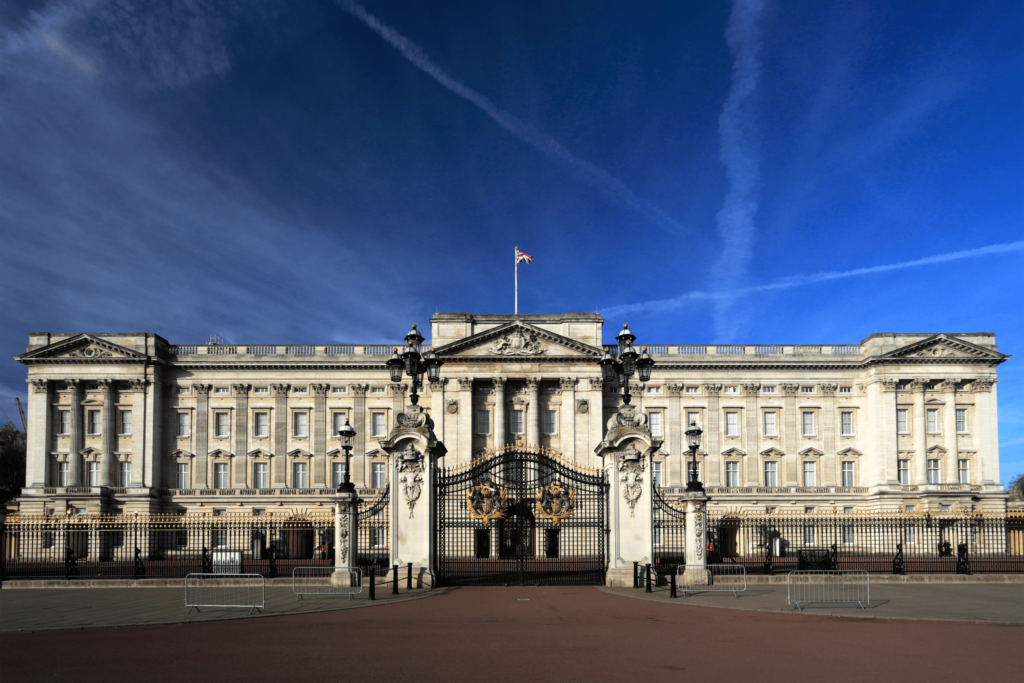
A Guide to Replicating Neoclassical Architecture
Neoclassical architecture has long been a favourite of many. It established prominence in the late 18th to early 19th centuries in France, Italy, and Germany. It also later became a popular style in the Western world. This architectural style aimed to strip back late Baroque features to create a more classical, simpler design.
In today’s blog post, we explore the Neoclassical style in more detail and the impact this had on the architecture industry.
Typical Neoclassical Features
There are a number of different features that define the Neoclassical architecture style. These include…
Symmetry
Symmetry is one of the main tell-tale signs of the Neoclassical style. Although shared across a number of different types of architecture, namely Classical, Roman, and Greek architecture, it is still a defining feature. Neoclassical buildings typically have well-balanced proportions and symmetry is evident in the arrangement of windows, doors, and other design elements.
Columns
Neoclassical design was heavily influenced by the Greek and Roman styles, as such, another key feature is columns. There are three different types, all of which are used. These are categorised into Doric, Ionic, and Corinthian. Columns are used for both decorative and structural purposes, adding a sense of grandeur.
Pediments
Pediments are found over the top of entryways and are purely decorative. They are usually triangular or segmental structures. They are usually ornamental or showcase classical sculptures to reinforce the importance of the buildings entrance.
Domes
Another feature stolen from Roman architecture is the use of domes. These features are again used to create a sense of grandeur and are visually striking. These rounded structures are usually used to crown buildings or are integrated into the overall architectural composition.
Examples of Neoclassical Architecture
Whilst this architecture style may have been more popular in Europe than here in the UK, there are still a number of examples dotted across the country. And one is pretty famous!
Buckingham Palace is a great example of the Neoclassical style. Home to 6 different monarchs throughout the years, the most recent being King Charles III, construction of the palace begun in 1703 and finished in 1705. Queen Victoria was the first monarch to live within the palace, moving into the property in 1837. Buckingham Palace was built by four architects – John Nash, Aston Webb, William Winde, and Edward Blore and is said to now be worth around £3.9 billion.
Although not quite as well-known as Buckingham Palace, Spencer House in London is another example of Neoclassical architecture. This property was built between 1756 and 1766 for the First Lord and Lady Spencer. Located in Westminster, the town house is now a Grade I listed building. It features many Neoclassical features such as columns and a triangular pediment.
Other examples of this design style include The White House, Arc de Triomphe, and the United States Capitol.
As you can see, Neoclassical architecture played an important role in the creation of several historic buildings across the UK and further afield. Furthermore, it also paved the way for the architecture style that followed.
Contact Us
Based in Essex, Munday + Cramer are a trusted architecture practise specialising in a variety of different styles. Looking to mimic Neoclassical architecture or any other historical stye in your upcoming build? We can help!
For more information about working with our team, visit our website or enquire today by clicking here.
